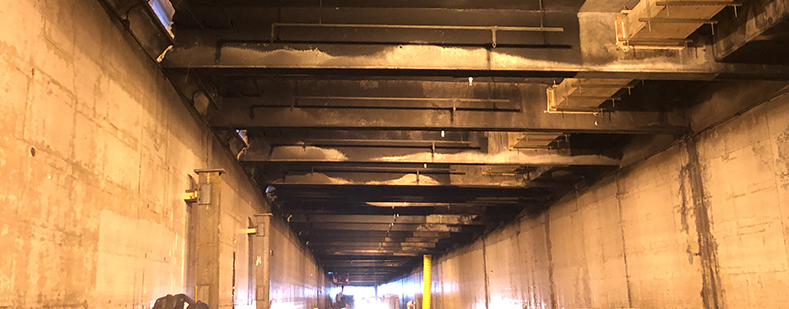In February 2019, work began on the decommissioning of the Battery Street Tunnel in Seattle, Washington. Completed in 2022, this project was a huge undertaking that included removing the tunnel’s utility and mechanical systems, removing decades of automotive soot buildup from the tunnel, filling the tunnel, and sealing its entrances.
Read more >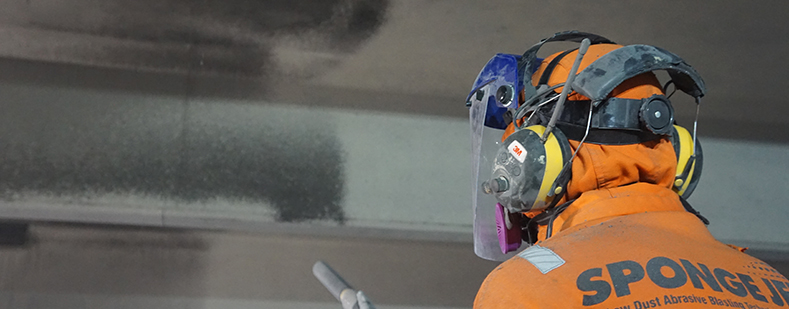
In the early hours of a windy Sunday morning, a massive, 10-alarm fire broke out in the downtown area of Waltham, Massachusetts. The fire completely destroyed a condo complex that was under construction, leaving severe soot damage throughout the entire parking garage next door.
Read more >
Abrasive blasting is often a dusty process. When contractors are required to blast near highly sensitive equipment or in areas where air quality is very important, they often need to sacrifice superior surface prep methods or erect extreme containment. At NASA’s Kennedy Space Center in Cape Canaveral, Florida one contractor was tasked with this difficult challenge - providing the highest quality surface prep and low dust blasting with Sponge Media.
Read more >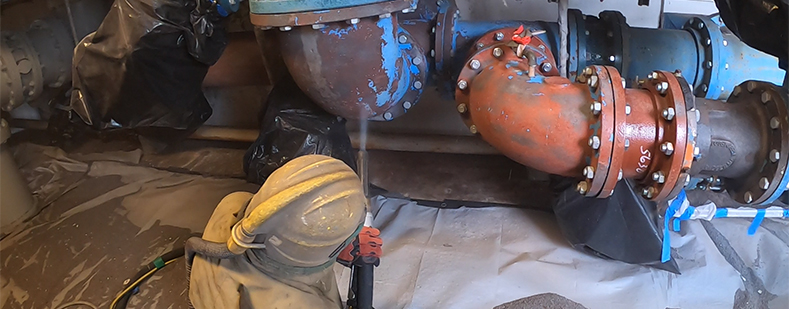
When rust, corrosion and coating system failure became apparent on pipes in the filter galleries of the Lafayette Utilities Systems (LUS) water treatment plant, a rehabilitation plan was developed. One of the most important aspects of this plan was to prepare the carbon steel surfaces and create the proper anchor profile for the new coating system. Depending on the severity of the rust and corrosion on various pipe sections, the specifications called for either near white metal blast cleaning or commercial blast cleaning.
Read more >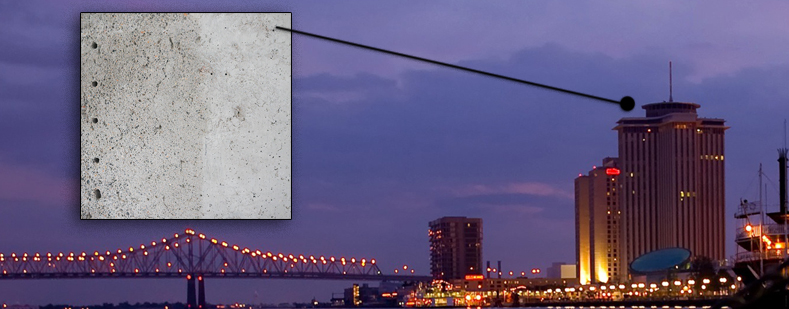
The historic World Trade Center New Orleans is a focal point of the vibrant downtown landscape. Designed by noted architect Edward Durell Stone in the 1960s, the skyscraper is located in the heart of the New Orleans business district and on the Mississippi River. The building formerly housed numerous foreign consulates and was the headquarters for the Port of New Orleans.
Read more >
The historic restoration of Boston's Longfellow Bridge is now complete! The large-scale granite restoration project included onsite blasting by United Stone, as well as dismantling the bridge’s iconic Rockport granite “salt and pepper” towers piece-by-piece, and then transporting them to nearby workyards in Charlestown via barge for offsite restoration. The now pristine towers were reassembled using a mix of modern and historic construction technology. Skilled masons at United Stone were able to clean ornate granite carvings as well as the large granite blocks using the same equipment and media.
Read more >
Sponge Media™ abrasives are currently being used to help the US Military keep their amphibious hovercraft in fighting shape. These vehicles are known for their versatility, facing deployment in different climates all over the world. Naval hovercraft vessels have coatings that must hold up in environments ranging from the arid desert to the freezing arctic. To prevent corrosion from damaging these costly vehicles, surface preparation must be perfect.
Read more >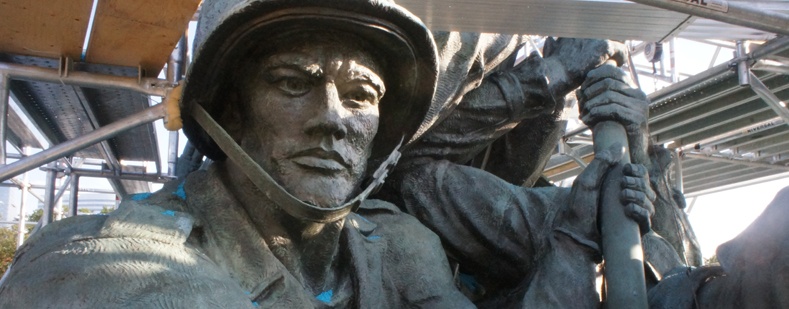
In the late 1940s private funds helped launch the development and construction of the United States Marine Corps War Memorial near Arlington National Cemetery in Washington DC. The iconic flag raising over Iwo Jima was sculpted by Felix de Weldon then cast from plaster into bronze. The giant bronze pieces were assembled on site. In the nearly 70 years since the memorial was constructed, it’s never had a major restoration — until now.
Read more >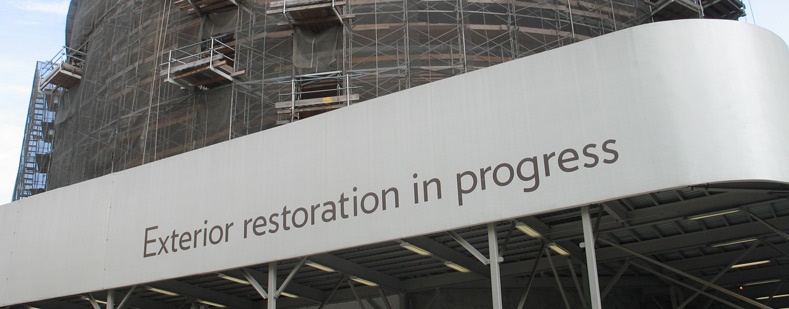
After 50 years of exposure to the elements, the Frank Lloyd Wright-designed Guggenheim Museum on New York City’s 5th Avenue needed help.
The art museum’s exterior concrete rotunda wall, which corkscrews outward as the building gets taller, was beset by hundreds of cracks ranging from hairlines to those that exposed steel reinforcement bars buried in 5-inch-thick (12.7 cm) concrete. And that’s just what Guggenheim’s team of architects, engineers, and restoration experts could see! Who knew what else lie beneath 12 layers of coatings applied over the decades?
Read more >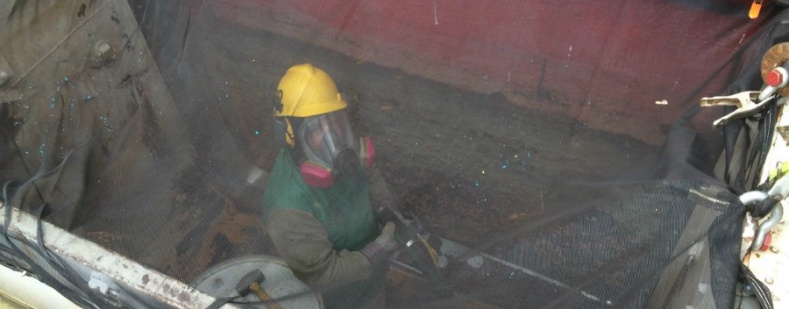
Damage from corrosion is one of the largest threats to the safety and integrity of a ship. Without proper safeguards in the form of coatings, surface preparation, and cathodic protection, ships and boats of all sizes will eventually rust and deteriorate. While materials used to build ships vary, most types of metals corrode, especially in chloride-rich environments like sea water.
Read more >
